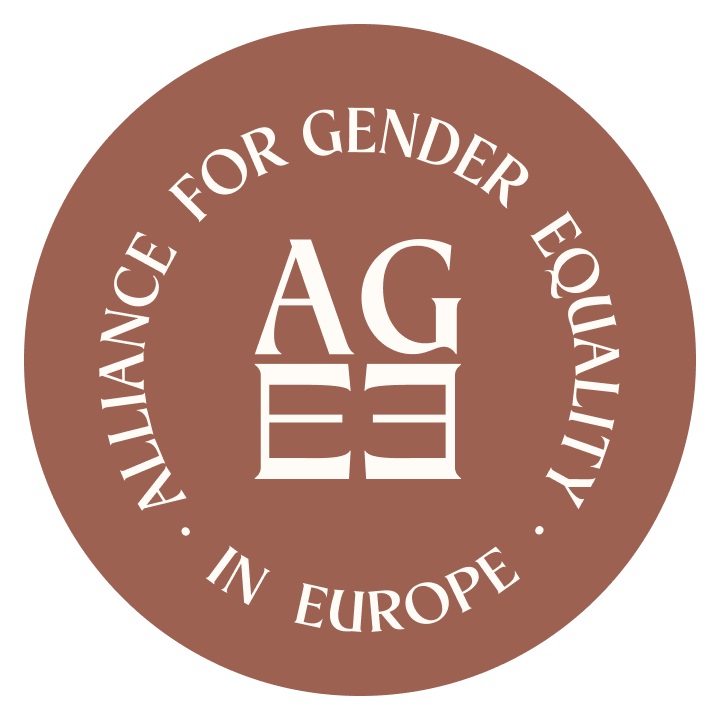On 4 June 2025, at the Philea Forum in Lisbon, our chair Marion Schaefer and lead Nadège Lharaig shared insights to a philanthropic audience from our journey as the Alliance for Gender Equality in Europe. Below is an adapted version of those remarks.
As the world’s challenges grow more complex, many philanthropic funders are asking themselves how to make a positive and lasting impact. Over the past decade, foundations and individual donors have increasingly turned to collaborative funding to achieve results that are beyond the reach and capacity of any single actor. Donor collaboratives come in a wide variety of structures but generally, they are designed to channel resources from multiple donors to those best positioned to create lasting change on a given issue. According to The Bridgespan Group, both the number of pooled funds and their annual giving have grown significantly. But do collaboratives really deliver?
As the first and only pooled fund dedicated to supporting progress toward gender equality in Europe, we have reflected on what has worked so far, and why. In our experience as an alliance of seven foundations, donor collaborative can and do generate value for participating funders, grantees, and the communities they serve. So, are they worth the effort? Our answer is: absolutely.
What our members gain from being in a collaborative fund
Beyond the administrative efficiencies of any re-granting organisation, members of the Alliance have experienced a range of benefits from their participation.
Greater reach and impact
By bringing together people, resources, and ideas, our Alliance is greater than the sum of its parts. This is exactly what is needed to tackle systemic challenges. According to our most recent external evaluation, members confirmed that joining our pooled fund has enabled them to fund in new areas and overcome internal barriers. For many, our re-granting mechanism reduced administrative burden for their staff, while for others, it enabled them to expand their impact despite limited staff capacity or internal granting mechanisms to support smaller grants and capacity strengthening.
This is backed by research carried out by Alison Powell, Susan Wolf Ditkoff & Fay Twersky, which found that well-executed donor collaboratives can achieve significantly greater results than individual funders believe they could accomplish alone. This holds true across different donor types, sizes, and issue areas. Similarly, the Rockefeller Philanthropy Advisors found that funders interested in systems change tend to find collaboratives not only effective but often more efficient.
Opportunities for learning and growth
Through peer exchange, internal workshops, and regular evaluations, our members have deepened their knowledge about the field, connected with new organisations that they might not have supported otherwise, and strengthened their grant-making practices. Many report being able to give more efficiently and effectively within their own foundations as a result.
External research into other donor collaboratives confirms this, with the two most commonly cited benefits being learning and stronger relationships across the sector. According to The Bridgespan Group, “What donors learn by collaborating can also sharpen how they make individual grants outside the collaborative, as well as possibly introduce them to organizations they can go on to fund directly,” particularly if those are early stage and small.
Space to innovate together
In our experience, collaboratives also offer a space to incorporate diverse perspectives, identify emerging opportunities, and pilot new approaches. Members tell us they value the chance to test new ideas and experiment with new approaches to reach shared long-term goals while benefitting from collective insight and coordination.

Potential to move the sector forward
Our external evaluation also showed that donor collaboratives can play a catalytic role in pushing philanthropy forward.
Firstly, donor collaboratives are well-placed to advocate for better resourcing of underfunded work. In our case, the needs of the gender equality movement in Europe still far outweigh available resources. That’s why raising awareness remains a core part of our strategy to unlock new funding for grassroots organisations. The increasing number of generalist foundations joining our Alliance is an encouraging indicator of some early success in this area.
Secondly, collaboratives can lead the way by showing what good funding practices look like. In our annual impact reports, we detail our grant-making practices, and the impact that they are having on our cohort of partners.
What makes donor collaboratives work
In our first five years as an alliance, we have gained insights into the key ingredients that make the donor collaborative recipe work.
- Clear goals and a flexible strategy, where plans and processes are right-sized and can adapt to a changing external landscape and emergent learning.
- Strong financial and grants management systems, which in the case of the Alliance is supported by the Network of European Foundations.
- A clear governance structure that balances legitimacy, accountability, and autonomy, giving the program team room to lead. The Rockefeller Philanthropy Advisors also emphasize the need for good leaders within collaboratives who can steer the fund to achieve its mission.
- A process of building trusting relationships, enabling open and safe discussions that lead to decisions based on consensus.
- A strong learning culture that prioritises feedback from grantees in assessments of our work, while embracing the complexity of systems change.
- A team with specialised expertise that also regularly engages with the grassroots movements to build trust, understand evolving challenges, and identify new opportunities.
As we continue this journey, the Alliance remains committed to learning, growing and evolving, alongside our members, our grantees, and the broader field. We aim to make our donor collaborative more than a mechanism for sharing resources. Our mission is to support and strengthen the grassroots gender equality movement in Europe and improve gender equality for all.
If you are a funder looking to increase your impact, expand your knowledge, and support movements that make a difference, we invite you to explore how to join the Alliance or get in touch to see how else we might work together.

